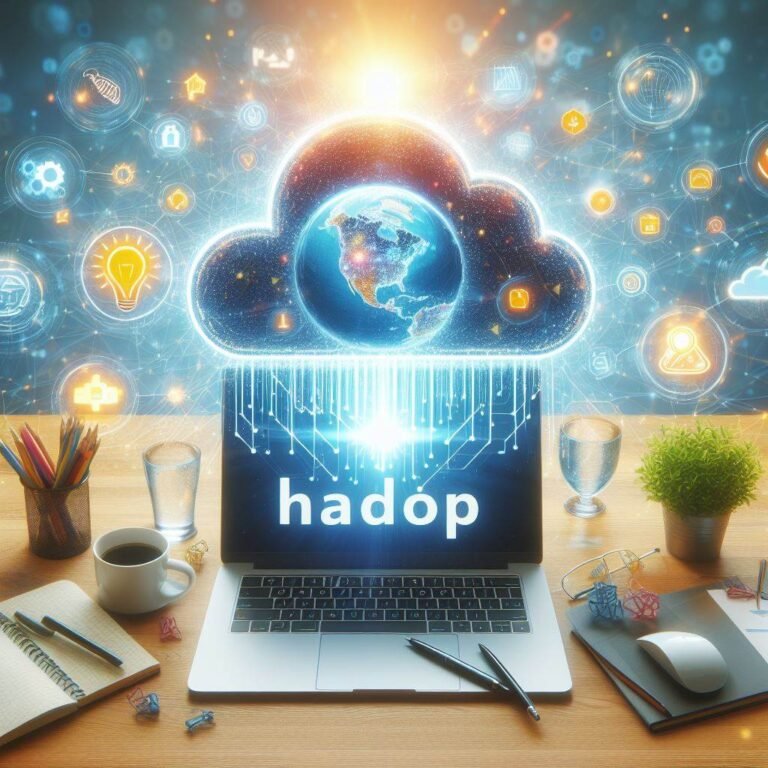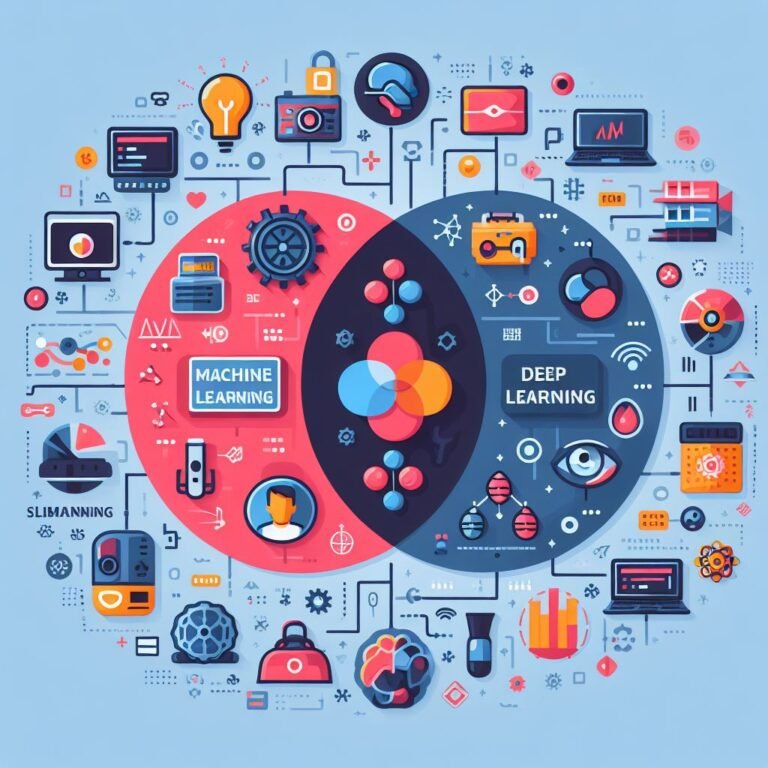Large Language Models (LLMs)
Table of Contents
ToggleUnlocking the Potential of Large Language Models: Beyond the Basics
In the ever-evolving world of artificial intelligence, Large Language Models (LLMs) have emerged as a cornerstone of innovation, driving advancements in natural language processing, content creation, and even complex problem-solving. This blog post delves into the world of LLMs, offering insights that go beyond the usual discussions. We aim to provide a fresh perspective, incorporating stats and comparisons to enhance understanding, all while maintaining a reader-friendly structure and employing simple English for clarity.
Introduction to Large Language Models
At their core, Large Language Models (LLMs) are advanced AI algorithms designed to understand, generate, and interact with human language in a way that’s both meaningful and contextually relevant. They’re the brains behind your favorite virtual assistants, the technology enabling machine translation, and the reason why we can now automate content creation at a scale previously unimaginable.

How Do LLMs Work?
LLMs are trained on vast amounts of text data. This training involves the analysis of the structure, meaning, and nuances of language, allowing these models to predict the next word in a sentence with surprising accuracy. The result is an AI capable of generating text that feels remarkably human-like a level previously unimaginable. As we peel back the layers, it becomes evident that LLMs are not just technological marvels but also harbingers of a new era where the interaction between humans and machines reaches new heights of synergy and understanding.
The Mechanics Behind LLMs
Training Process
- Data Collection: LLMs are trained on vast datasets comprising text from books, websites, and other digital content.
- Learning Algorithm: They use algorithms like Transformer neural networks to understand the patterns and nuances of language.
- Iteration and Optimization: Training involves numerous iterations where the model predicts text sequences, compares them against real outcomes, and adjusts to improve accuracy.
Unique Capabilities
- Contextual Understanding: LLMs can grasp the context of a conversation or text, allowing for more relevant responses.
- Language Generation: They can generate coherent and contextually appropriate text based on minimal input.
- Knowledge Synthesis: LLMs can combine information from various sources to create comprehensive answers.
Impact and Applications
Transforming Industries
- Content Creation: From writing articles to generating creative fiction, LLMs are reshaping how content is produced.
- Customer Service: Automating responses in customer service with chatbots that can understand and address customer needs more efficiently.
- Education: Personalizing learning by providing tutoring or feedback on written assignments.
The Unseen Challenges
- Computational Costs: Training LLMs requires significant computational power and, by extension, energy, raising concerns about their environmental impact.
- Ethical Dilemmas: The potential for misuse in creating misleading information or deepfakes highlights the need for ethical guidelines and safeguards.
Beyond Basic Functions: Unexplored Territories
Emotional Intelligence in LLMs
- While LLMs excel at processing and generating text, their ability to understand and express emotions is an area of ongoing research. This includes detecting sentiment in text and generating responses that are not only contextually accurate but also emotionally attuned.
Ethical Considerations and Bias
- Bias in Training Data: Since LLMs learn from existing data, they can inadvertently learn and perpetuate biases present in their training material.
- Ethical Use Cases: The application of LLMs in sensitive areas, such as mental health support or legal advice, raises ethical questions regarding accuracy and reliability.
Environmental Impact
- The carbon footprint of training LLMs is significant due to the computational resources required. Innovations in energy-efficient computing and model optimization are crucial for sustainable development in this field.
Looking Ahead: The Future of LLMs
Technological Advancements
- Efficiency Improvements: Ongoing research aims to make LLMs more energy-efficient and accessible, reducing the carbon footprint associated with training and running these modelsorts to improve LLMs’ understanding of context, nuance, and even cultural differences are underway, promising models that can interact with humans more naturally and effectively.
Expanding Applications
- Healthcare: LLMs could revolutionize patient care by interpreting medical records, assisting in diagnosis, and providing personalized medical advice, all while maintaining privacy and accuracy.
- Legal and Ethical Consulting: By digesting vast amounts of legal documents, LLMs might offer preliminary legal advice or help identify ethical considerations in complex scenarios, though human oversight will remain crucial.
Bridging Human-AI Collaboration
- Creative Partnerships: Artists, writers, and designers are already collaborating with LLMs to push the boundaries of creativity, blending human imagination with AI’s processing power to create novel artworks, stories, and designs.
- Enhanced Decision-Making: In business and science, LLMs can sift through data to highlight trends and insights, aiding human decision-makers in navigating complex information landscapes.
Navigating the Challenges
Addressing Bias and Fairness
- Data Diversity: Incorporating diverse datasets can help mitigate biases in LLM outputs, ensuring they serve a broad and inclusive audience.
- Transparency and Accountability: Developing standards for transparency in how LLMs are trained and function, alongside mechanisms for accountability, can foster trust and ethical use.
Sustainability Efforts
- Green Computing: Research into more energy-efficient computing methods and the use of renewable energy sources for training and deploying LLMs can reduce their environmental impact.
- Model Optimization: Techniques like pruning (removing unnecessary parts of the model) and quantization (reducing the precision of the calculations) can make LLMs lighter and faster without significant losses in performance.
- Efficiency Improvements: Ongoing research aims to make LLMs more energy-efficient and accessible, reducing the carbon footprint associated with training and running these modelsorts to improve LLMs’ understanding of context, nuance, and even cultural differences are underway, promising models that can interact with humans more naturally and effectively.
Stats and Comparisons
| Feature | Traditional NLP Models | Large Language Models |
|---|---|---|
| Understanding Context | Limited | Advanced |
| Language Generation | Basic Templates | Highly Fluent |
| Training Data Volume | Gigabytes | Terabytes |
| Processing Power | Moderate | High |
| Application Flexibility | Narrow | Broad |
Note: The above table simplifies complex differences for clarity.
FAQs
How do LLMs differ from traditional chatbots?
LLMs understand context and generate more natural responses, while traditional chatbots rely on predefined scripts.
Can LLMs replace human writers?
While LLMs can generate text, they lack the creativity and emotional depth of human writers. They’re tools to aid in content creation, not replacements.
Are LLMs biased?
LLMs can exhibit biases present in their training data. Efforts are ongoing to identify and mitigate these biases.
Conclusion
Large Language Models represent a significant leap forward in AI’s ability to interact with human language. While they offer immense potential, it’s important to navigate their development and application with an eye towards ethics, bias mitigation, and environmental sustainability. The future of LLMs is not just in their technical capabilities but in how they’re integrated into society to enhance, not replace, human efforts.







